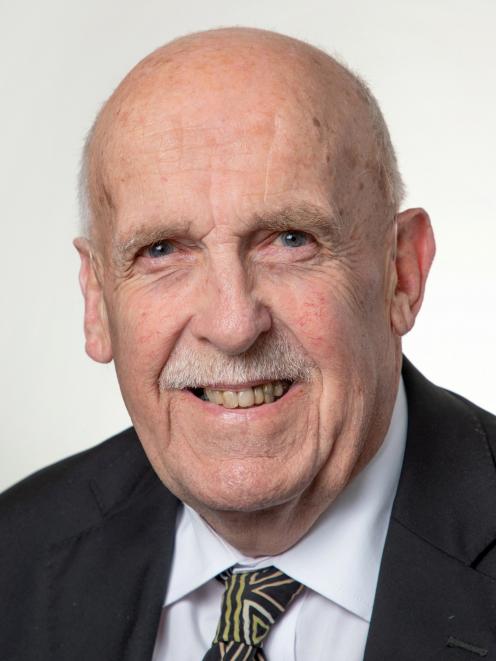
Cr David Benson-Pope"s comments come after the government said it would build the inpatients building at the former Cadbury"s site at a cost of $1.88billion, rather than pursue an option of retrofitting the existing hospital.
He was pleased the government chose the "least worst"" option, but still had concerns about aspects of the project, including the
government"s decision to go ahead with the Pioneer District Energy Scheme rather than building a separate building at Bow Lane to assist with heat distribution and the uncertainty around constructing a new pathology building.
"The nub of the issue is that the hospital has to be an importance level-4 building, which is pretty much resistant to everything.
"It's got to be completely self-contained.
"It's got to have all its own supplies — water, heating, generators, you name it — right? But if its heat supply is independent of the hospital, then we risk compromising the integrity of the structure.""

The three-storey Bow Lane building received consents in June last year through a fast-track process.
Cr Benson-Pope said the entirety of the new Dunedin hospital project ultimately needed to be importance level-4 (IL4), which meant it could remain operational during a major earthquake or natural disaster.
This might not be the case if the pathology department remained where it now was.
"If you're going to leave pathology there, then immediately the operation of the hospital is compromised because the service is not going to be necessarily available in a major earthquake or other event.""

"We just don't want the situation to be where it seems to be at the moment, which is to have a pathology lab a good mile away from State Highway1.
"That is an untenable situation,"" Mr Taylor said.
Cr Benson-Pope was concerned about the Pioneer District Energy Scheme heating the new Dunedin hospital using woodchips.
The Bow Lane option would have heated the inpatients building using heat pumps.
"It's not just about heating and when they've talked about Pioneer, they've talked about heating all the time, but the hospital also needs cooling.
"I remember the original discussion at the local advisory group where the choice of large heat-pump installation was made because it can do both.""
The proposed design of the new Dunedin hospital was "fine"", he said.
"But if it hasn't got access to proper heating and cooling, if it hasn't got access to operational pathology, it ain't no good.""
Former Southern Group partnership chairman Pete Hodgson said the vast majority of the hospital buildings across the country would not be IL4.
"That would certainly include the ward block of the present Dunedin hospital, which is why the retrofit option that the government proposed was such a stupid idea in the first place.""
Buildings which were IL3 would be able to withstand a major earthquake but would not necessarily be operational, Mr Hodgson said.
Health New Zealand Te Waipounamu regional head of infrastructure Dr Rob Ojala said "the Dunedin Hospital ward block was built to the highest seismic standards at that time and is not an earthquake-prone facility"".
He declined to comment about the status of the Pioneer District Energy Scheme, whose firm was unavailable for comment.












